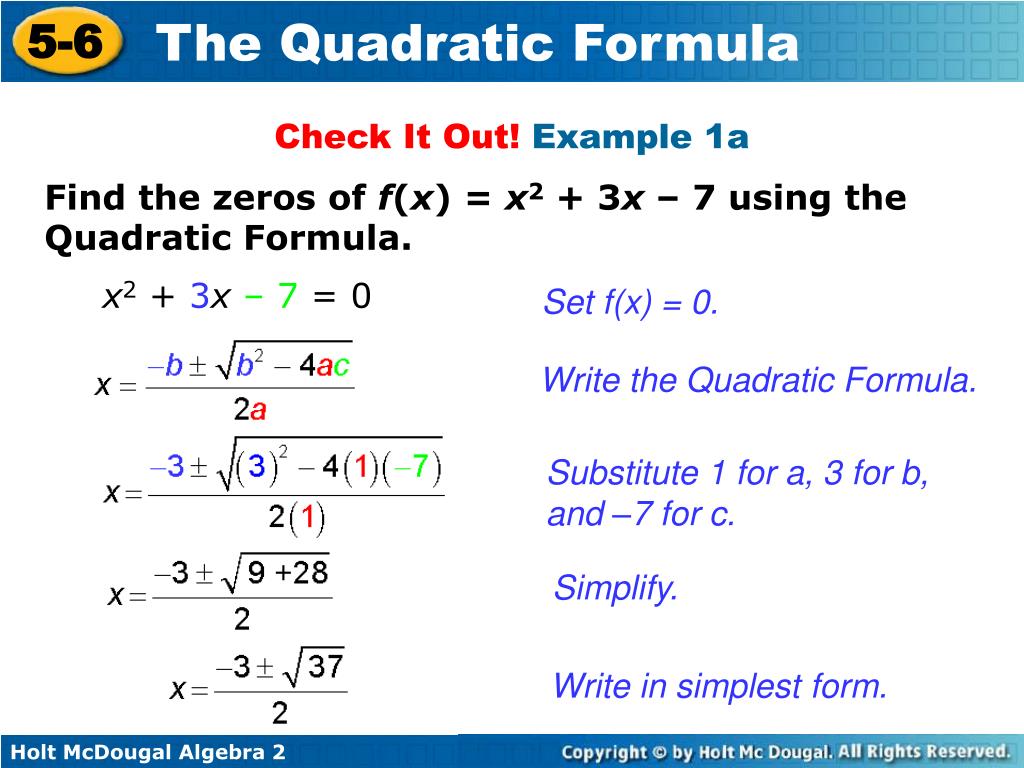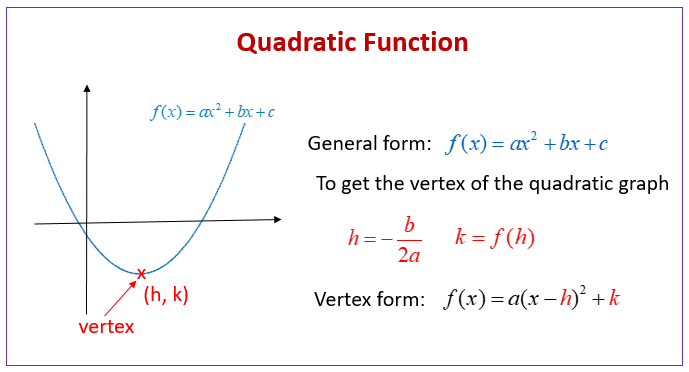

The great thing about completing the square is we can always do it. It actually isn't the case very often at all.Ĭompleting the square. It's great when applicable, but it's not always the case. Any time you have an X term or something like that we're not going to be able to use it.

The only problem is that it's not always the situation we're dealing with. So, the pro: is it's great when you're solving for something squared. The next one we're going to talk about is the square root property. So fast and easy, but not always applicable. So it's fast and easy when it's usable, but not always factorable, either. Oftentimes, we're dealing with a quadratic that is not factorable, so then factoring is not going to help us. Factoring is typically the fastest and easiest way of solving something when it's factorable. The 'check' means pros and the 'minus' means cons. So I'm just going to go down the row and talk about each one. We can use these methods at different times, and what I want to do is just talk about when we can use them, why they're good, and why they're bad. We have factoring, square root property, completing the square, and the quadratic formula. So we have four different ways at our convenience.
QUADRATIC EQUATION EXAMPLES PLUS
What I mean by that is anything of the form: ax² plus bx plus c. So what I want to talk about now is an overview of all the different ways of solving a quadratic equation.


 0 kommentar(er)
0 kommentar(er)
